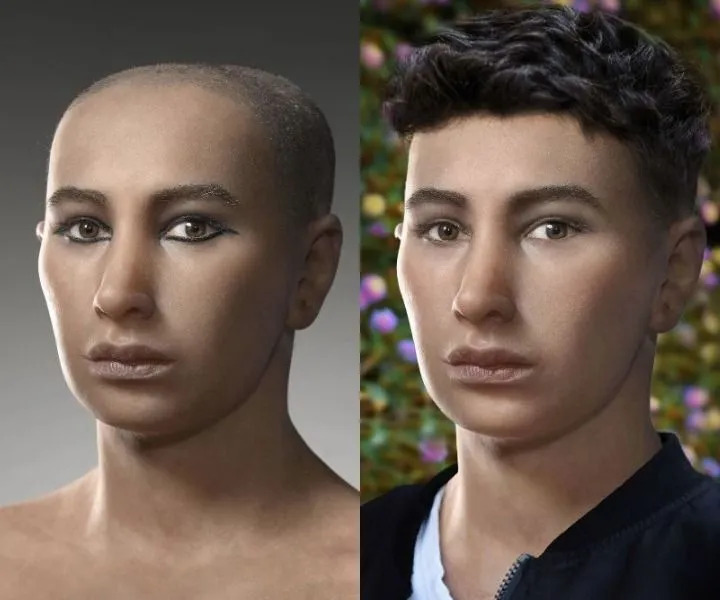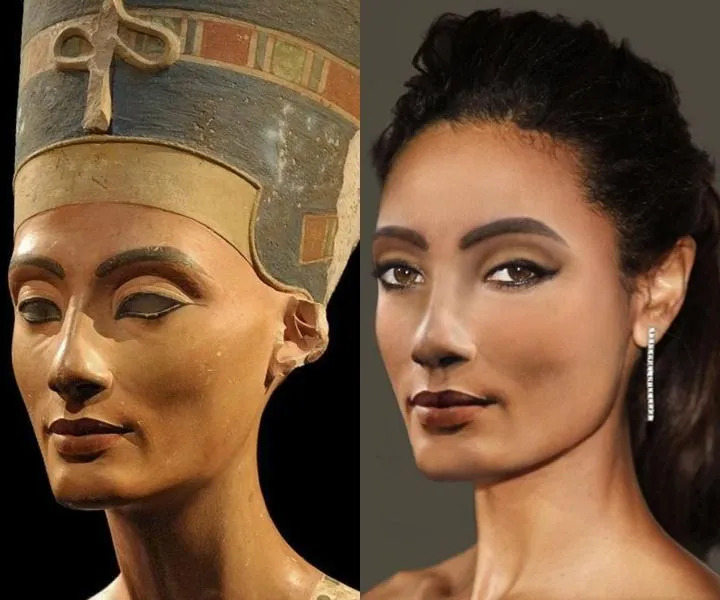King Tut

We wouldn’t know too much about the ruling pharaoh of Egypt from 1334-1324 B.C if it weren’t for archaeologist Howard Carter. He discovered Tut’s tomb in 1922. According to CT scans, it was found that he died at only 19, primarily due to malaria. Results show that the Pharaoh suffered from a noticeable overbite, fractured lower leg, and congenital deformities caused by inbreeding.
Nefertiti

Unlike other queens in the Egyptian lineage, Nefertiti was depicted as a more powerful queen when compared to others. Like her grandson, we were introduced to the queen when her tomb was discovered – although she was buried upside down. CT scans revealed a beautiful face (with a few wrinkles) considering she raised six children.
Cleopatra

We have seen depictions in movies, but those interpretations always leave us wondering what she truly looked like. Based on history, it was found that she wasn’t only beautiful, but was also brilliant. When M.A. Ludwig gave her an artistic depiction, it showed us a sharp nose and masculine features. This might explain that it wasn’t just her beauty that attracted many of Rome’s most excellent men.
Julius Caesar

He was famously known for his impeccable military exploits and successful campaigns across Europe. However, we only see Caesar in sculpture or in painting. Today, we can see him in a different light. When his facial skull was scanned, it was revealed that he had quite a large head (forehead and all).

